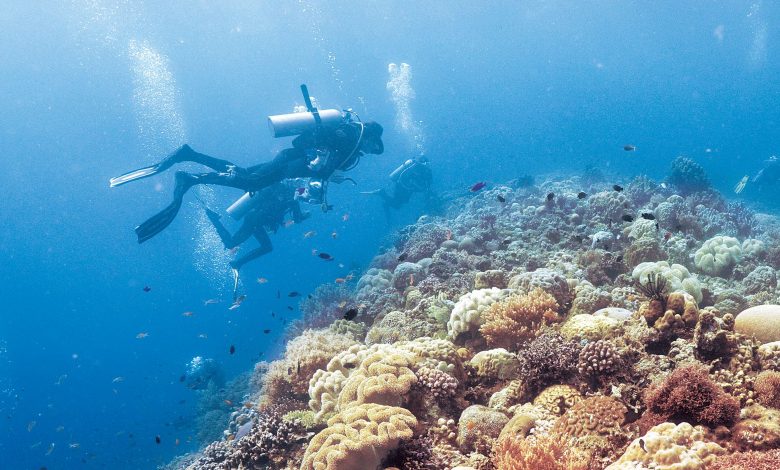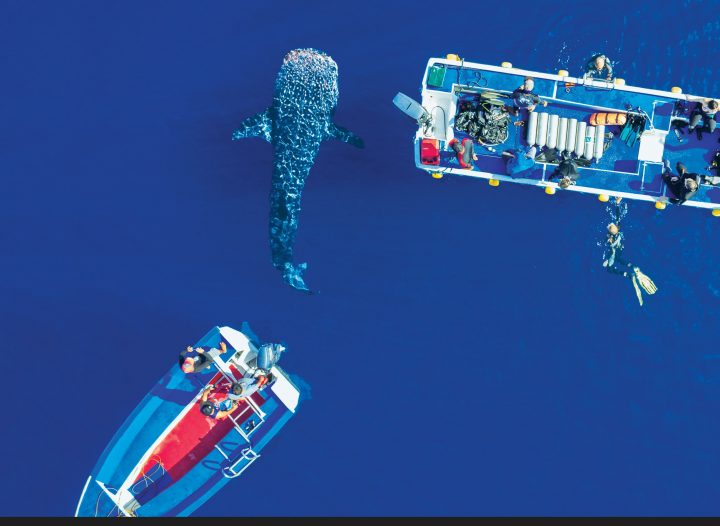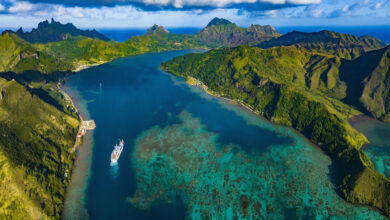Why the Philippines is diving’s ‘Amazon of the Ocean’

Whale Shark Diving, Tubbataha Reefs Natural Park
The Coral Triangle is home to 600 coral species, 2,000 reef fish species, and six out of the world’s seven species of marine turtles. And the Philippines is home to the most fertile part – often dubbed the ‘Amazon of the Ocean’.
This vast archipelago of 7,641 islands scattered across 300,000sq km of ocean has nearly nine per cent of the world’s coral reefs and is the epicentre of global marine biodiversity. With that in mind, it comes as no surprise that the Philippines has some of the best diving on the planet.
From experiences like swimming with thresher sharks in Cebu, exploring World War II shipwrecks in Palawan, and discovering UNESCO World Heritage Sites in Puerto Princesa, diving in the Philippines will treat you to some incredible and unrivalled underwater sights. Here’s a taste of why the Philippines’ golden shorelines and seas in all shades of blue, make the destination one of the world’s best marine playgrounds.

Palawan
At the southwestern part of Puerto Princesa, on the island province of Palawan in the heart of the Coral Triangle, is the Philippines’ crown jewel of diving, the Tubbataha Reefs Natural Park. It is the largest Marine Protected Area in the country, a UNESCO World Heritage Site, and home to whales, dolphins, sharks, turtles, and Napoleon wrasse. The reef ecosystems support over 360 species of coral and almost 700 species of fish.
Palawan is also home to the hallowed wreck-dive spot of Sangat Island in Coron, where more than a dozen Japanese ships were sunk during World War II. Each wreck has its own special characteristics and are all mostly intact within reasonable diving depth – they’re also full of amazing artefacts.
Bohol
Bohol is one of the most popular dive and holiday destinations in the Philippines for good reason. Divers can explore over 30 sites concentrated around four major islands: Panglao Island, Pamilacan Island, Balicasag Island and Cabilao Island.
Cabilao Island is a magnificent place for diving with its shallow topped reefs and drop offs. Cabilao also offers wall diving and a chance to spot a variety of oceanic fish like barracuda, dogtooth tuna and giant trevally. However, what really differentiates it from others nearby are the pristine hard corals around the southern coast. When you’re not scuba diving, you can go kayaking, parasailing, snorkelling, and head inland to see iconic sights including the famed Chocolate Hills.
Cabilao Island Diving
Western Visayas
The ‘Visayas’ is a group of islands that comprise the central portion of the Philippine archipelago. The underwater world of the Western Visayas is home to world-class undersea destinations, from Romblon Island in the north to Dauin and Apo Island in the south.
If you want to experience truly ‘off the beaten path’ diving, as well as seeing some of the richest underwater biodiversity in Western Visayas, the secluded Nogas Island just off the coast of the quaint town of Antique is the place to visit. The uninhabited paradise has clear turquoise waters that can only be reached by chartered boat. The island is also home to healthy mangroves and rare bird species, and a lighthouse, for which the island is also famous, offers great views back towards Antique.
Cebu
Cebu is known as the ‘Queen City of the South’ because of its strategic and economic importance to the country. Cebu has it all, from the smallest marine creatures up to the largest fish in the world, the whale shark. Each of its dive sites feature a signature species.
While Cebu is host to several beautiful dive spots, none are more famous than Malapascua Island, the only place in the world where you can dive with thresher sharks in their natural habitat. Off the north-western part of Malapascua Island is the enchanting Gato Island which features a cave on the southwestern side of the island and waters brimming with sea kraits, seahorses, nudibranchs, cuttlefish, mantis shrimps, frogfish, crabs, squids, cardinalfish, and rock formations where soft corals grow.



